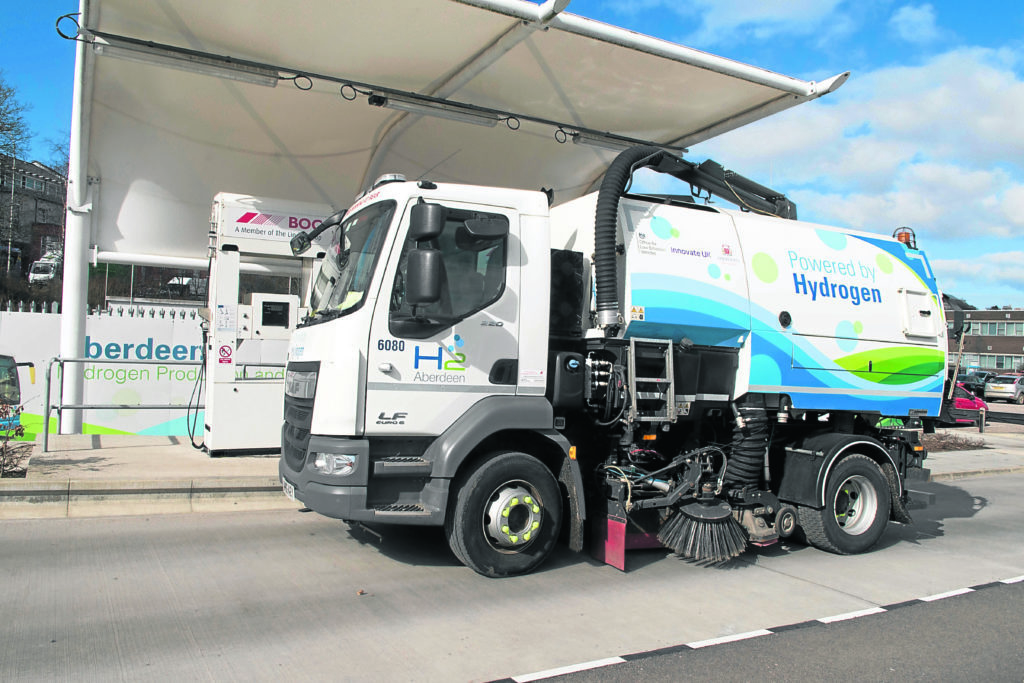
For good reasons hydrogen is receiving much interest in the upstream business. Hydrogen can be synthesized from fossil fuels and the energy can be extracted with zero carbon emissions – it’s a silver bullet.
I undertook a search of Science Direct using the search string ‘hydrogen production’. The return validated the increasing interest with the following time line of published scientific papers.
| Year | Number of papers |
| 2010 | 18,900 |
| 2011 | 21,143 |
| 2012 | 23,323 |
| 2013 | 26,635 |
| 2014 | 28,601 |
| 2015 | 30,458 |
| 2016 | 33,064 |
| 2017 | 37970 |
| 2018 | 41,071 |
| 2019 | 47,602 |
| 2020 | 32,469 |
Looks like the upward hydrogen production interest trend will accelerate with 32,469 in the first 4 months of 2020.
So what’s not to like about hydrogen? I’ll focus on the energy use of hydrogen and not on other uses such as fertilisers via ammonia.
Hydrogen does not occur naturally, it has to be synthesized. The main route to hydrogen, around 95% of all production, is from reforming. Methane (CH4) is reacted with oxygen (O2) yielding hydrogen (H2) and carbon dioxide (CO2) – the carbon dioxide being vented to the atmosphere. Hence, unless you bolt on a carbon capture plant there is little point in using hydrogen produced this way as a carbon free fuel.
Another key aspect to reforming is the energy required to produce hydrogen and capture and sequester the carbon dioxide. The process is around 70% efficient, hence 30% of the energy in the methane feedstock is not recovered.
What are the possible energy uses of hydrogen?
Instead of burning methane in a gas fired power station we could burn hydrogen with the main combustion product being water. It should be noted that combusting hydrogen with air also produces nitrous oxides, so hydrogen is not completely emissions free. Furthermore, the combustion process in a combined cycle gas plant will be at best 60% efficient. We now have two energy vector transitions to produce electricity – gas (methane) to gas (hydrogen) to wire. Each step is energy inefficient with the resultant overall efficiency around 40%. When we should be trying to use less energy, electricity production via hydrogen does not look very attractive.
Burning the methane in a conventional combined cycle gas turbine with a carbon capture plant will be around 55% efficient – only one transition – gas to wire. This is significantly more energy efficient when compared to hydrogen, so methane with CCS appears a better option than using hydrogen for electricity production.
With transport being a significant carbon producer, the hydrogen produced by reforming could be used in hydrogen fuel cell vehicles. But that is also energy inefficient again requiring two energy transitions – gas (methane) to gas (hydrogen) to wire.
The hydrogen could be used as a source of heat for households and industry. Industry has many carbon producing, natural gas fired heaters where efficiencies of around 90% can be achieved. Modern domestic condensing boilers can be up to 95%. Therefore, from an energy efficiency standpoint, it would be far superior to use hydrogen for supplying low carbon heating than producing electricity. Heat intensive industries such as iron and cement production are also potential candidates for hydrogen.
As stated earlier, reforming is currently by far the most common route to hydrogen synthesis. A great deal of recent attention is the alternative route to hydrogen – water electrolysis. Of particular attraction here is using carbon free, surplus renewable power as the electrolyser energy source.
Although it might be viewed that surplus renewables are providing ‘free energy’ we should use that energy efficiently. Hydrogen produced by electrolysis still has the same number of inefficient energy vector transitions as reforming. Thus the conclusion is the same as reforming – the most efficient use of hydrogen produced by electrolysis is as a heat source. Why use hydrogen from electrolysis to produce electricity – does wire to hydrogen to wire make much sense?
I firmly believe that, together with solar, wind, hydro, geothermal, nuclear and bio-fuels, hydrogen is a key part of the net zero transition but it is not a silver bullet. All technologies present sustainable issues – recycling solar panels and wind turbine blades, lithium extraction, visual impact, habitat destruction, nuclear waste etc. Net zero will require all technologies to be utilised wisely with full life, sustainable (people, profit and planet) considerations.
Tom Baxter is visiting professor of chemical engineering at Strathclyde University and a retired technical director at Genesis Oil and Gas Consultants
